Tony Rosario worked in construction as a roofer. He slipped and fell off the roof, resulting in a head injury and some broken bones. Due to his injuries, workers’ comp. insurance covered all his medical expenses. What sort of medical expenses?
Direct costs
Hospital cost, doctor visits, testing such as X rays, and MRIs, physical therapy, transportation to his medical appointments, an interpreter for all these appointments, and the cost of a case manager. The cost of his covered medical compensation was $50,000 when all was said and done.
We call this direct cost, which is covered by insurance. Nevertheless, eventually the employer will pay for all of it all plus interest through higher insurance premiums. However, it doesn’t end there.
Indirect costs
We are just starting. Most experts conservatively calculate that the indirect cost may easily be calculated at four times the direct cost. Depending on the industry and circumstances, some have calculated indirect cost at up to ten times the direct cost! What does that mean?
If Mr. Rosario’s direct cost came out to $50,000, then four times that is $200,000! When you add that up, you are now looking at one injury costing a company a quarter million dollars. Not to mention that we are talking about a person’s life, which has no price tag.
What are some of these indirect costs?
Indirect costs refer to tools, products, materials, property or building damage. Delays in production due to interruptions can also be expensive. Other time-consuming activities include investigating, followed by extensive paperwork. There is substantial cost and time invested not only in the replacement hiring process, but also the training involved. Speaking of training, every employee has a learning curve before he becomes efficient and productive. In the meantime, other employees are covering the job, requiring a company to pay overtime! Supervisors are working extra hard after an accident to correct issues and ensure that another doesn’t happen. In addition, there are workers’ comp. forms and OSHA® logs to finish, all costing money in clerical time. When a big accident happens, the work day is over, and there might be a slow down for several days before everything settles. That is called down time; it can be expensive. You can bet that the injured worker isn’t satisfied with his workers’ compensation check; after all, it’s only two-thirds of his salary. Just because he’s injured doesn’t mean all his living expenses will also be reduced by one-third. In the meantime, morale is down, and employees are murmuring. Finally, if a company develops a negative public image and is perceived as unsafe and uncompliant, the company will most likely miss out on important contracts, which can represent a massive loss in income. Therefore, most companies will invest in maintaining and improving their public image.
Studies show that the investment you make in an effective safety program will ultimately save your company a lot of headaches and money! As you can see, companies have strong motivation to maintain a safe workplace.

